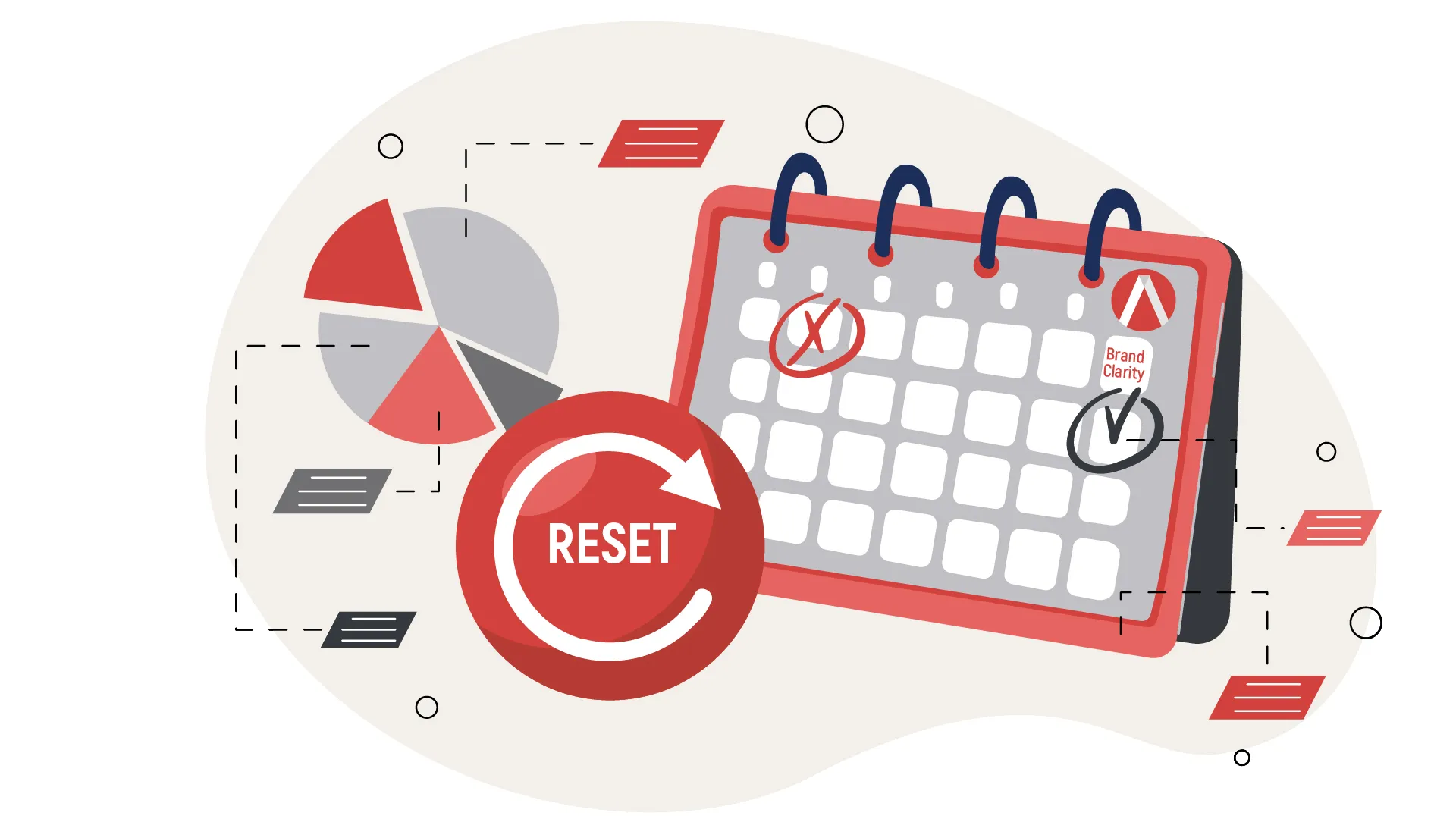I often say that the best plans are those that change.
We can do all the planning and all the strategizing we want, we can come up with marketing plans that are solid and impactful, full of creative ideas, and that promise results and a big ROI. But, in the end, none of that means anything if, when that marketing plan is in motion, we aren’t able to adapt and pivot to allow for NEW ideas and approaches. If we aren’t able to say, “Hey, we didn’t know that?” or “Wow! Didn’t know our audience made decisions that way!”
Because sometimes – MOST times – we learn something along the way. We deploy tactics, engage with and listen to our audiences, consume that feedback, and adapt. THAT’S what is at the core of an integrated marketing strategy that works. A brand cannot grow, cannot stay relevant, if it isn’t willing to push beyond its comfort zone.
Sometimes that means an entirely new corporate brand identity and an overhaul of messaging and positioning.
There is no better example of this than the impressive turnabout and modernization of the $12 billion brand, JCPenney.
Not long ago I was honored to have Sheeba Philip, at the time the CMO of JCPenney, on the Integrate & Ignite podcast. In the fall of 2015, she was charged with the enormous task of making the iconic brand more relevant to a younger customer base. She rolled up her sleeves and created a transformative media model that was disruptive and more aligned with the customer journey. She was responsible for shifting from outdated, traditional channels to more innovative, digital, and content-led platforms. The result? She drove a 22 percent increase in MROI, despite reductions in the media budget. Sheeba is now with the Ethos Brand Group, but her message and her insights from her experience with JCPenney are inspiring. Listen here.






